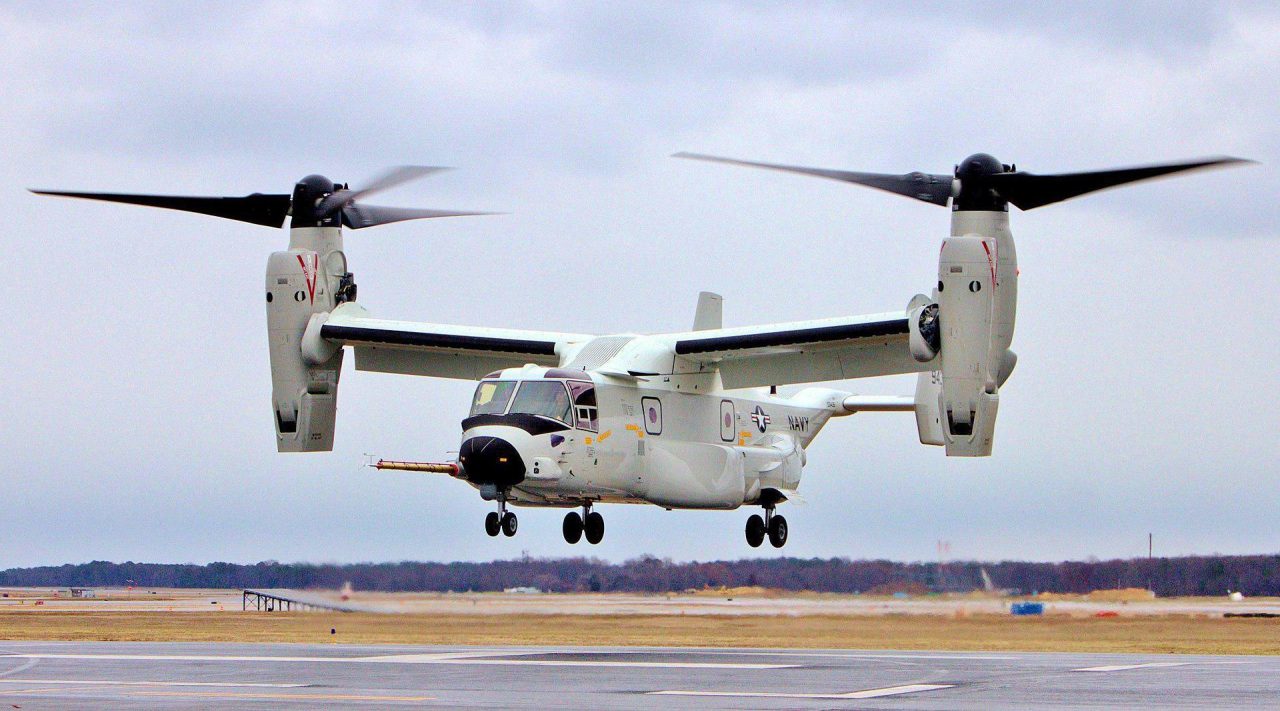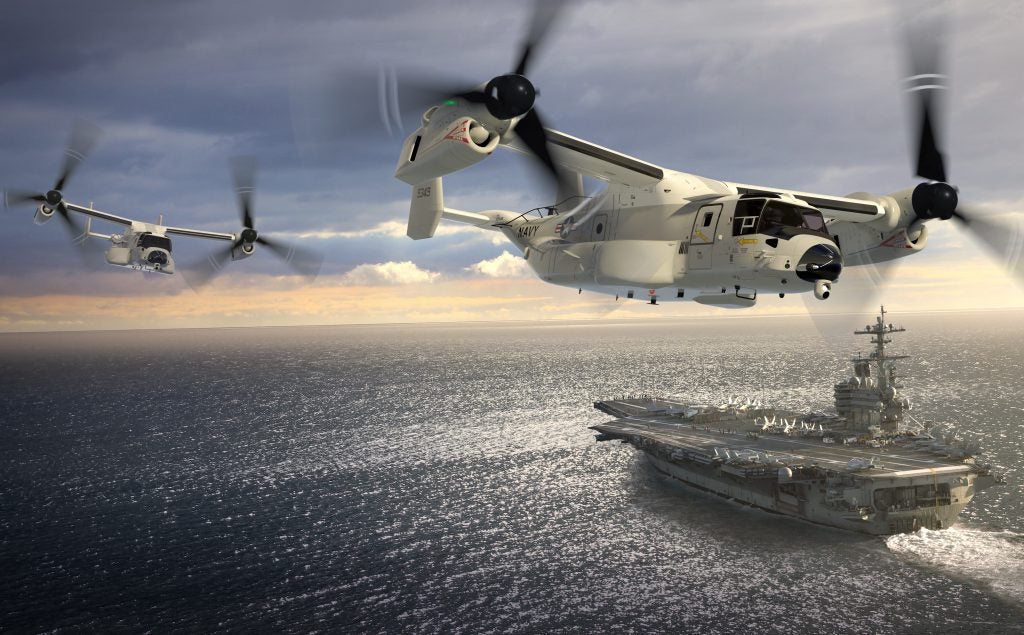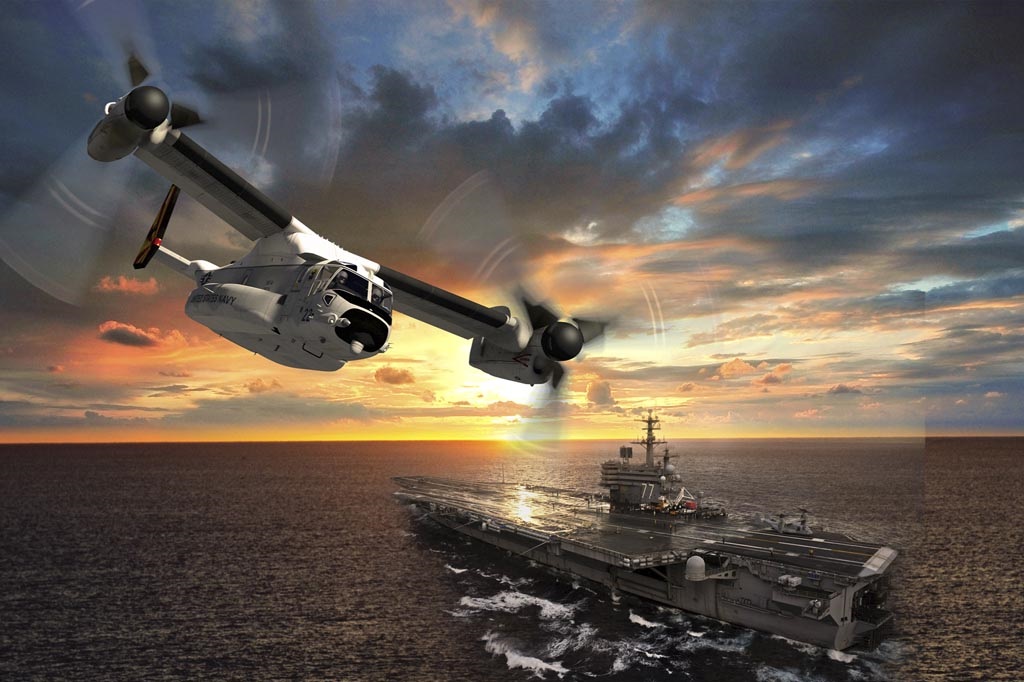The United States Navy is undergoing a game-changing evolution in carrier-based operations with the introduction of the CMV-22B.

Developed jointly by Bell Textron and Boeing, this groundbreaking tiltrotor aircraft seamlessly integrates the vertical takeoff and landing (VTOL) capabilities of a helicopter with the speed and endurance of a fixed-wing aircraft, marking a significant leap forward in naval aviation.

The CMV-22B’s versatile design enables it to efficiently transport personnel, supplies, and equipment over long distances.
It offers increased range and payload capacity compared to previous carrier-based aircraft, making it an invaluable asset for logistics support and transport missions.

Equipped with state-of-the-art avionics and communication systems, the CMV-22B provides enhanced situational awareness and mission effectiveness.
It features advanced navigation systems, self-defense capabilities, and an integrated aerial refueling capability, further extending its operational range and endurance.

The introduction of the CMV-22B brings significant advantages to carrier-based operations.
It enables rapid delivery of critical supplies and equipment to aircraft carriers, ensuring sustained operational capability.
Additionally, its extended range allows for expeditionary operations, providing support to forces operating in remote locations.
The CMV-22B represents a significant leap forward in carrier-based aviation, offering enhanced capabilities, versatility, and operational efficiency.
Its ability to combine vertical and horizontal flight, along with its advanced features and increased range, makes it a valuable asset for the United States Navy.
As naval operations evolve, the CMV-22B plays a crucial role in ensuring the success of carrier-based missions.
Hits: 25





